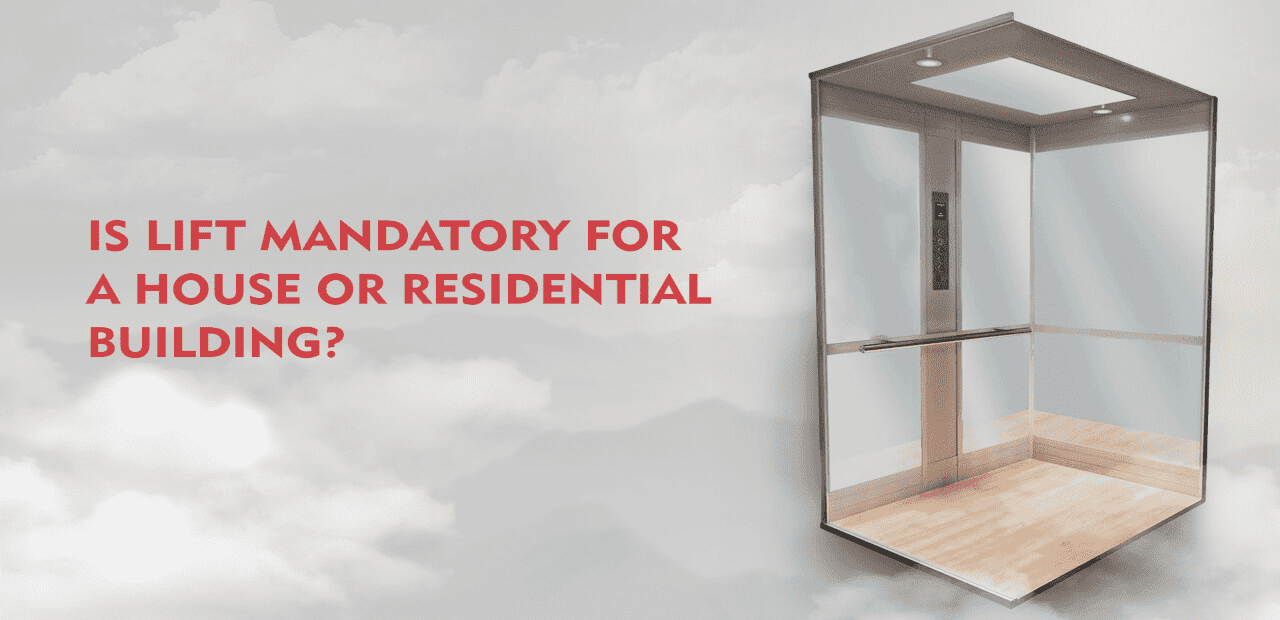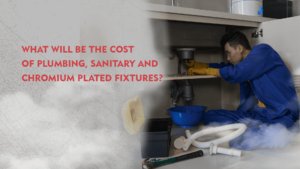Introduction
When planning a new residential building, it is crucial to deliberate on the inclusion of a lift for convenient accessibility. Although we typically associate lifts with commercial buildings, they can also offer valuable advantages in a residential setting. Let’s take a closer look at why having an elevator in a house or residential building can make a substantial impact.
Benefits of Having a Lift in a House
Accessibility and Convenience
One of the primary reasons to install a lift in a house is to improve accessibility and convenience, especially for individuals with mobility challenges or elderly residents. Incorporating a residential lift enables effortless mobility between floors, eliminating the necessity of using stairs. This convenience is particularly valuable for people with disabilities or limited mobility, enabling them to move freely within their home.
Increased Property Value
Installing a lift in your house can increase its overall value. Lifts are seen as desirable features in modern homes, especially in multi-story properties. Potential buyers or tenants may be willing to pay a premium for a house with a lift, making it a worthwhile investment in the long run.
Future-Proofing Your Home
Including a lift in the initial construction phase of a residential building is a proactive approach to future-proofing your home. As families grow and age, mobility needs may change. By incorporating a lift, you ensure that your home remains accessible and functional for all occupants, regardless of their age or physical abilities.
Safety and Security
Residential lifts are designed with safety features such as emergency stop buttons, door interlocks, and backup power supply. These precautionary measures offer reassurance, particularly during power outages or emergency situations. Lifts also reduce the risk of accidents that may occur when navigating stairs, particularly for young children and older adults.
Types of Residential Lifts
Residential buildings offer a multitude of lift options to choose from. Now, let us delve into three frequently encountered choices:
1. Hydraulic Lifts
Hydraulic lifts employ hydraulic cylinders to elevate the elevator car. These lifts are renowned for their seamless and noiseless operation. Ideal for low to mid-rise structures and capable of accommodating substantial weights, hydraulic lifts necessitate a machine room that must be taken into account during the initial planning phase.
Why should you use Hydraulic Lifts?
- Smooth and Quiet Ride: Hydraulic lifts utilize fluid-filled pistons, resulting in a smooth and quiet ride experience for residents. For residential environments emphasizing comfort and minimal noise, hydraulic lifts emerge as an ideal choice.
- Ability to Lift Heavy Loads: Hydraulic lifts have excellent weight-bearing capacity, making them suitable for lifting heavy items such as furniture, appliances, or groceries. This feature ensures convenient and efficient transportation of bulky items between different floors of a residential building.
- Reliability and Durability: Renowned for their dependability and longevity, hydraulic lifts are engineered with a hydraulic system built to endure frequent use, ensuring consistent performance over an extended duration. This makes them a dependable choice for homeowners seeking a long-lasting lift solution.
2. Electric Traction Lifts
Electric traction lifts utilize an electric motor to drive the elevator car.With their energy-saving features, these lifts have become a favored option for residential buildings. They come in different configurations, including gearless and geared systems. Electric traction lifts are suitable for mid to high-rise buildings and offer smooth and comfortable rides.
Why Electric Traction Lifts?
- Energy Efficiency: Electric traction lifts are celebrated for their remarkable energy efficiency. They utilize electric motors to drive the elevator car, resulting in reduced energy consumption compared to other types of lifts. Electric traction lifts, known for their eco-friendly nature, contribute to lower energy consumption and reduced costs for homeowners.
- Smooth and Comfortable Ride: Electric traction lifts provide a smooth and comfortable ride experience. With their precise control over elevator motion, electric traction lifts ensure smooth acceleration and deceleration for a comfortable ride experience. This feature enhances passenger comfort and reduces any potential discomfort or motion sickness during vertical transportation.
- Suitability for Mid to High-Rise Buildings: Electric traction lifts are an excellent fit for residential buildings of mid to high-rise stature. They are capable of handling taller structures and can efficiently transport residents across multiple floors. With their reliable and efficient operation, electric traction lifts are able to meet the vertical transportation needs of high-rise residential complexes.
REQUEST A CALL
3: Machine Room-Less Lifts
Machine room-less lifts (MRL) provide space-saving solutions for residential buildings, eliminating the requirement for a separate machine room. With gearless traction technology and energy efficiency.
Why Machine Room-less Lifts?
- Space-Saving Design: MRL lifts are well-suited for properties with limited space. By eliminating the machine room, these lifts optimize the available building space for more efficient utilization.
- Flexibility in Installation: MRL lifts offer flexibility in terms of installation options. Whether in existing structures or new residential buildings, machine room-less lifts offer seamless integration. The absence of a machine room streamlines installation, reduces construction demands, and leads to cost savings and shorter timelines.
- Energy Efficiency: MRL lifts are designed to be energy-efficient. They incorporate advanced motor and drive systems that optimize energy consumption. By reducing energy usage during operation, MRL lifts contribute to environmental sustainability and help minimize energy costs for homeowners.
Factors to Consider When Installing a Lift
Before installing a lift in your house, there are several important factors to consider:
- Space Availability
Evaluate the available space in your house to determine the appropriate size and type of lift. Consider the location of the lift shaft, as well as the required clearances and pit depth. - Design and Aesthetics
Choose a lift design that complements the overall aesthetics of your house. Modern lifts offer various customization options, allowing you to match the interior decor and style. - Budget and Cost Considerations
Understand the financial implications of installing a lift, including the upfront costs, ongoing maintenance expenses, and energy consumption. To maximize the value of your investment, it is advisable to compare quotes from various suppliers and choose the most favorable option. - Maintenance and Service
Prioritize researching the maintenance needs and service alternatives for your selected lift. Regular servicing and inspections are crucial to ensure smooth and safe operation. Moreover, it is crucial to take into account the accessibility of spare parts and the reputation of both the lift manufacturer and the service provider.
Conclusion
Incorporating a lift in a house or residential building can provide numerous benefits, including enhanced accessibility, increased property value, future-proofing, and improved safety. By understanding the different types of residential lifts available and considering important factors during the installation process, you can make an informed decision that suits your needs and budget. Contact Team Homes now and get free consultation on the installation of Lifts, and which is the best one to install.
By carefully considering the different types of lifts available and important factors during the installation process, you can make a well-informed decision that suits your specific requirements. Explore our page.



